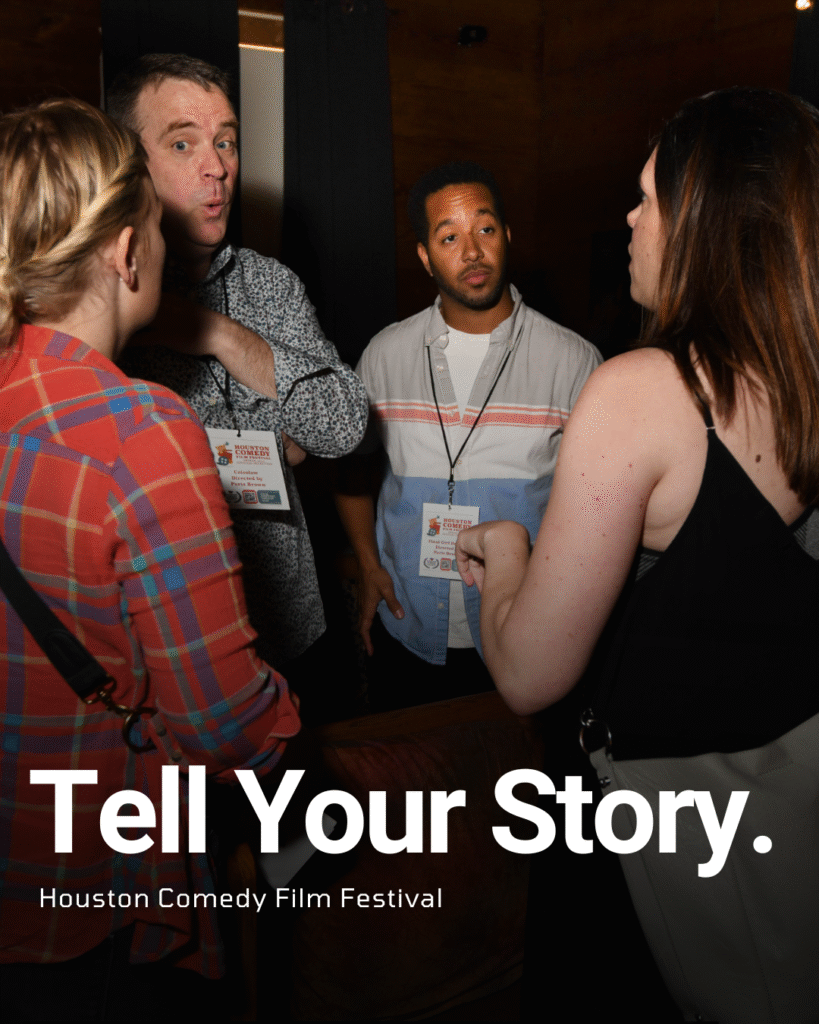News
Pope Francis Passes Away at 88
Pope Francis, the first Latin American and first Jesuit pope in history, died on Easter Monday at the age of 88, the Vatican announced. His passing was confirmed at 7:35 a.m. local time at his Vatican residence, Casa Santa Marta, following a prolonged battle with respiratory illness that included a 38-day hospital stay for bilateral pneumonia earlier this year.
A Papacy of Historic Firsts
Born Jorge Mario Bergoglio in Buenos Aires, Argentina, Francis was elected the 266th pope in March 2013, breaking nearly 1,300 years of European dominance in the papacy. His election marked a turning point for the Catholic Church, not only geographically but also culturally, as he brought the perspective and concerns of the Global South to the Vatican. For millions of Hispanic and Latin American Catholics, his ascent was a source of pride and connection, as he spoke their language and understood their struggles.
Humility and Advocacy for the Marginalized
Pope Francis quickly became known for his humility and his commitment to serving the poor and marginalized. He chose to live in the Vatican guesthouse rather than the Apostolic Palace, wore simple attire, and often traveled in modest vehicles. His papacy was defined by outreach to the vulnerable: he embraced refugees, denounced global inequality, and apologized to Indigenous peoples for the Church’s historical wrongs. His populist approach and focus on social justice resonated deeply, especially among those who had long felt distant from the Church’s traditional power centers.
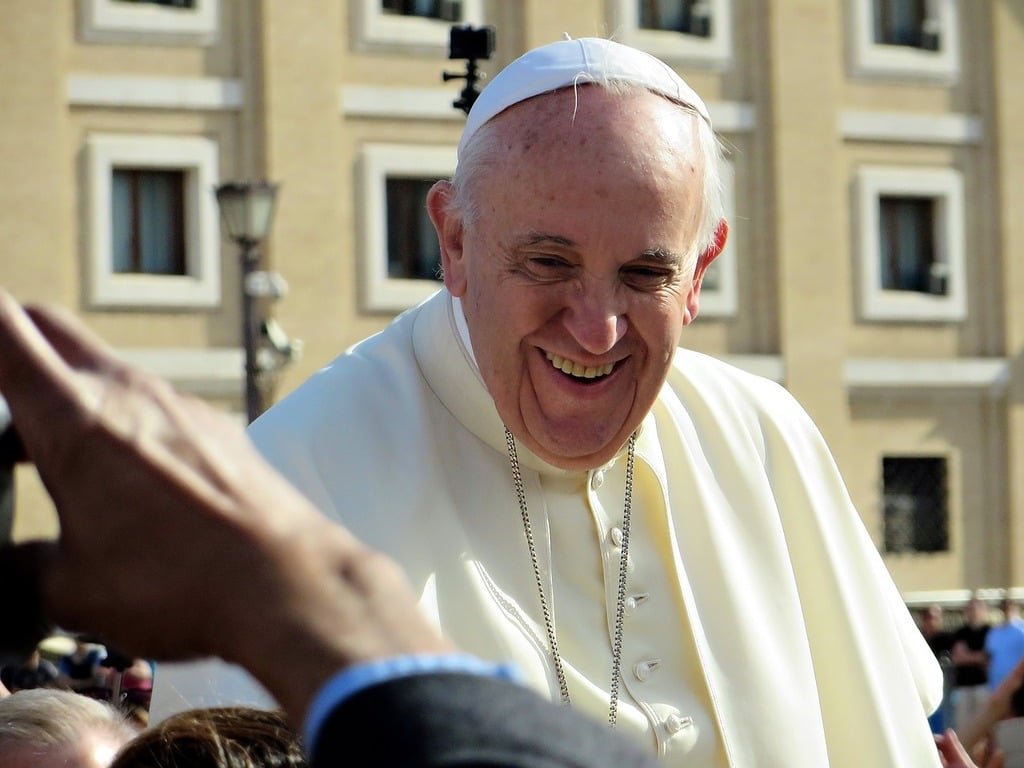
Reform and Controversy
Francis’ efforts to reform the Church were both bold and, at times, controversial. He made annulments more accessible, allowed priests to absolve women who had had abortions, and opened the door to blessing same-sex couples. He encouraged debate on issues such as divorce and homosexuality, seeking a more pastoral and less dogmatic approach. His critiques of capitalism and calls for action on climate change won him global acclaim but also drew criticism from some conservative factions within the Church.
Final Days and Global Mourning
Despite his declining health, Francis continued to fulfill his duties, appearing during Holy Week and delivering his final Easter blessing the day before his death. The Vatican and Catholic faithful around the world are now mourning a leader who, in the words of Cardinal Kevin Farrell, “taught us to live the values of the Gospel with fidelity, courage, and universal love, especially in favor of the poorest and most marginalized”.
A Lasting Legacy
Pope Francis’ historic papacy leaves an indelible mark on the Catholic Church and the world. As the first pope from the Americas, he redefined the role of the pontiff in the modern era—championing humility, inclusion, and a global vision for the Church’s mission. His legacy will be remembered for generations by the 1.3 billion Catholics he led and the countless others inspired by his example.

Bolanle Media covers a wide range of topics, including film, technology, and culture. Our team creates easy-to-understand articles and news pieces that keep readers informed about the latest trends and events. If you’re looking for press coverage or want to share your story with a wider audience, we’d love to hear from you! Contact us today to discuss how we can help bring your news to life
Health
Nation Split as Luigi Mangione Fights Death Penalty in CEO Murder Case
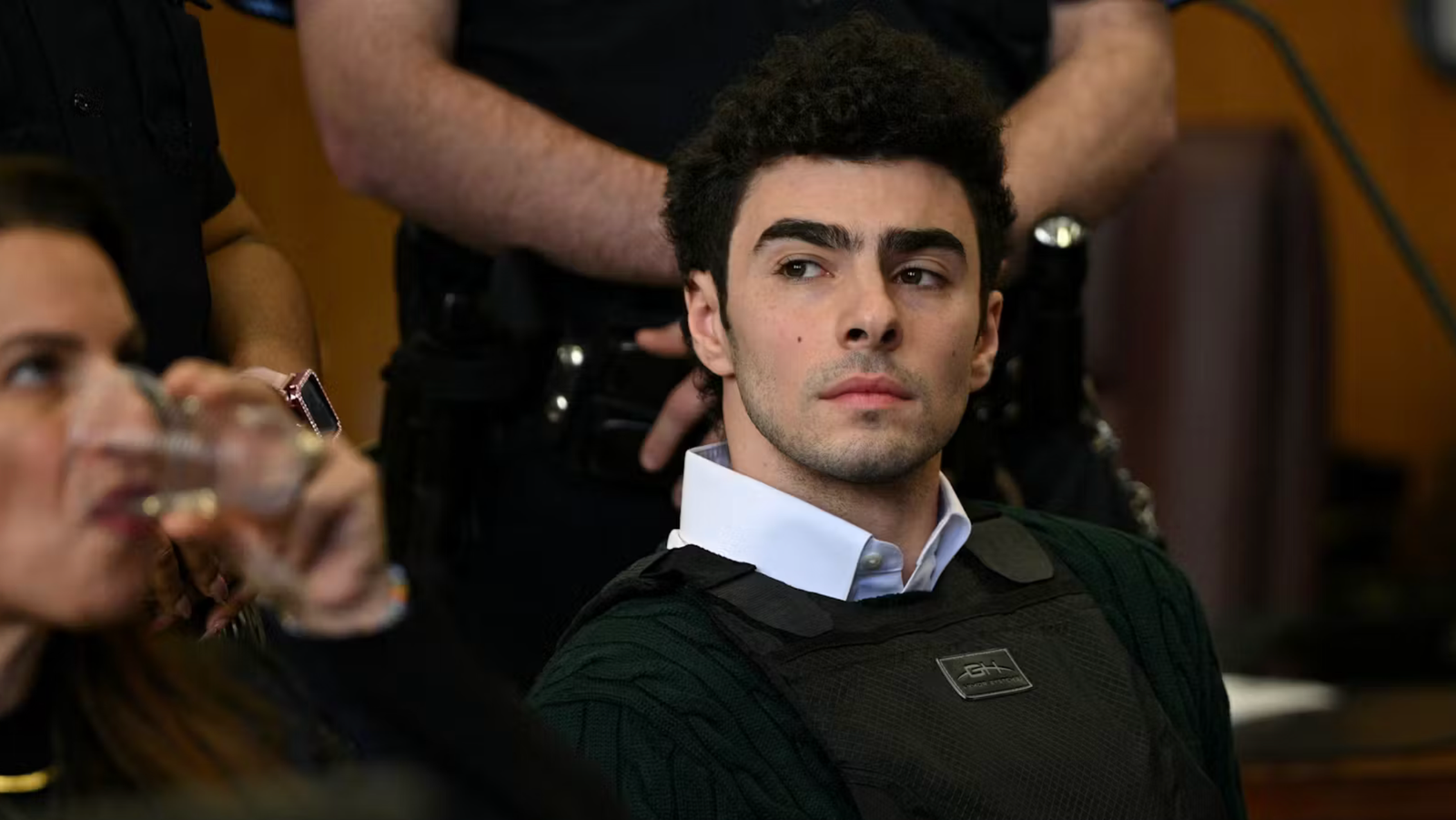
The case of Luigi Mangione, the 27‑year‑old accused of killing UnitedHealthcare CEO Brian Thompson, has ignited national debate, pitting supporters who see him as a whistleblower against critics who view his actions as an act of cold‑blooded violence. What began as a shocking corporate tragedy in December 2024 has evolved into one of the most polarizing death‑penalty battles in recent U.S. history.

The Killing That Shocked Corporate America
Brian Thompson, a respected CEO and father of two, was gunned down outside the New York Hilton Midtown on December 4, 2024. Surveillance footage reportedly showed a masked gunman lying in wait before firing a 3D‑printed pistol fitted with a silencer. Authorities later identified the suspect as Luigi Mangione, an Ivy League‑educated software engineer from Maryland who had grown increasingly vocal about his resentment toward the health‑insurance industry.
The killing triggered a multi‑state manhunt that ended when Mangione was captured at a McDonald’s in Altoona, Pennsylvania, five days later. Police said they recovered a 3D‑printed weapon and a handwritten letter denouncing “corporate greed” and calling the healthcare system “parasitic” from his backpack.
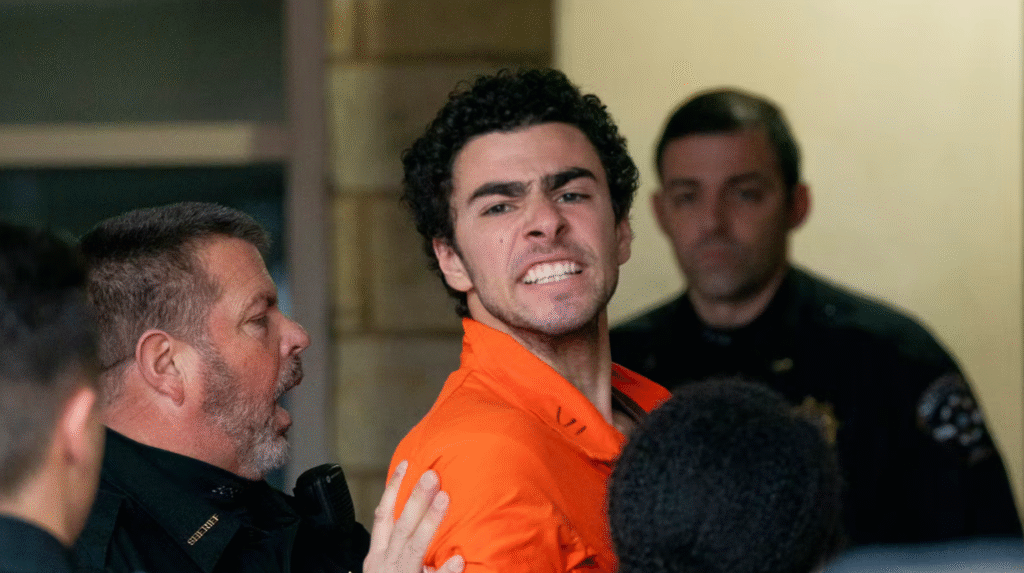
A Divided Public
Public opinion around Mangione’s motives has since fractured the nation. His supporters—many of whom have donated to his legal defense fund, which has surpassed $900,000—view his actions as symbolic resistance to perceived corporate corruption. Conversely, victims’ rights groups and law‑enforcement advocates argue that painting him as a “folk hero” disrespects the life of an innocent man and glorifies domestic terrorism.
The Legal Fight
Mangione faces federal charges including murder, use of a firearm in a crime of violence, and two counts of stalking. Because of the weapon’s use and the nature of the alleged planning, he could face the federal death penalty. However, his attorneys have filed motions to dismiss the capital charge, arguing that prosecutors violated his constitutional rights by questioning him without reading his Miranda rights and by searching his belongings without a warrant.
Their argument echoes a previous legal victory: in state court, a New York judge dismissed charges that attempted to classify the murder as an act of terrorism. The current federal motion seeks to suppress key evidence—including the weapon—on grounds of unlawful search and interrogation.
Possible Political Overtones
Defense filings have also accused federal prosecutors of turning Mangione into a “pawn” of the Trump administration to demonstrate toughness on violent crime. Attorney General Pam Bondi has publicly stated that seeking the death penalty aligns with President Trump’s directive to “make America safe again,” further intensifying political scrutiny of the case.
What’s Next
The federal court has until October 31 to rule on whether the death‑penalty charge will stand. If the motion fails, Mangione could face trial with the possibility of execution; if successful, the most severe penalty left would be life imprisonment with the chance of parole.
As his case unfolds, the moral and legal tensions surrounding Luigi Mangione reflect deeper American divisions over justice, corporate accountability, and who society chooses to blame—or defend—when outrage turns violent.
News
Governments Worldwide Push for Mandatory Digital IDs by 2026

Governments around the world are accelerating their push toward national digital identification systems, promising convenience and security while raising concerns over privacy, surveillance, and government control. By 2026, the European Union will require every member state to implement a national digital identity wallet, and the United Kingdom plans to make digital ID mandatory for the “Right to Work” by the end of its current Parliament.
United Kingdom Leads the Charge
In September 2025, British Prime Minister Keir Starmer announced plans for a free, government-backed digital ID system for all residents. The initiative—temporarily called “BritCard”—will become a mandatory requirement for employment checks, designed to curb illegal migration and simplify access to services such as tax filing, welfare, and driving licenses.
While the government argues that digital ID will make it “simpler to prove who you are” and reduce fraud, civil liberties groups have raised alarms. Big Brother Watch called the plan “wholly un-British,” warning it would “create a domestic mass surveillance infrastructure”.
Officials state the new system will use encryption and biometric authentication, with credentials stored directly on smartphones. For those without smartphones, the plan includes support programs and alternatives.
Europe Mandates a Digital Identity Wallet
Across the European Union, the Digital Identity Wallet—developed under the eIDAS 2.0 Regulation—will become law by 2026, obligating all 27 member states to provide citizens with a secure app that integrates identification, travel, and financial credentials. The European Commission envisions the wallet as a single login for public and private services across borders, from banking to healthcare, using cryptographic protections to ensure data privacy.
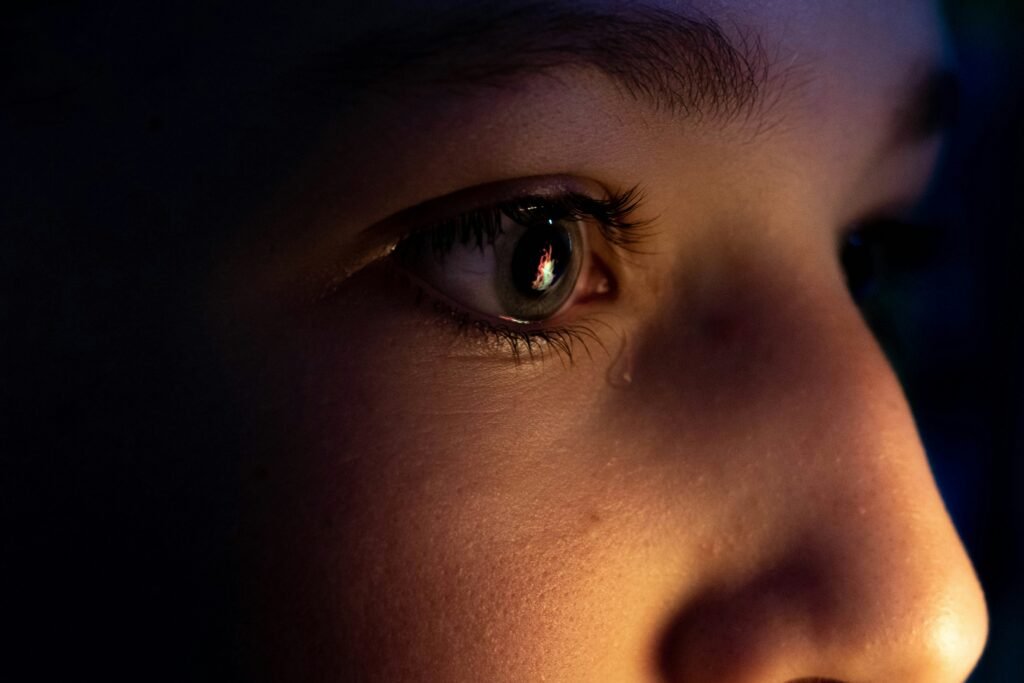
United States Expands Mobile IDs
The United States does not have a national digital ID system but is quickly adopting state-level mobile IDs. More than 30 states have launched or are testing digital driver’s licenses stored on phones via Apple Wallet, Google Wallet, or state apps. States such as Louisiana and Arizona already accept mobile IDs for TSA airport checks, and similar legislation is advancing in New Jersey, Pennsylvania, and Georgia.
Meanwhile, private firms like ID.me and CLEAR have enrolled millions of Americans in digital identity programs, often partnering with government agencies and raising questions about data use and inclusion for low-income groups.
Global Adoption and UN Involvement
The trend extends well beyond Western nations. China’s national digital ID, launched in 2025, is connected to its social credit system, combining financial records, travel rights, and online behavior tracking. Singapore, South Korea, Nigeria, and the UAE have each implemented government-backed ID systems that link citizens’ digital credentials to public and private services ranging from taxes to utilities.
The movement aligns with the United Nations’ goal of providing “legal identity for all by 2030,” supported by the World Bank’s ID4D (Identification for Development) initiative, which funds digital identity infrastructure in over 100 countries.
The Promise and the Peril
Proponents argue that digital IDs offer protection against identity fraud, save governments billions in paperwork, and bring roughly one billion undocumented citizens into legal recognition systems globally. Estonia, for instance, saves an estimated 2% of its GDP annually through digitized services, while India’s Aadhaar ID has reduced welfare fraud by $10 billion per year.
However, critics warn that centralizing identity creates unprecedented control risks. Once personal data, biometrics, and financial access are linked, governments could more easily restrict rights or track behavior.
As one analyst put it, the shift may mark “a turning point in the balance of power between citizens, corporations, and the state”.
The global rollout of digital IDs is reshaping the definition of identity itself—raising the question of whether convenience and efficiency come at too high a cost to freedom.
News
AI Deepfake of Martin Luther King Jr. Sparks Backlash from Family
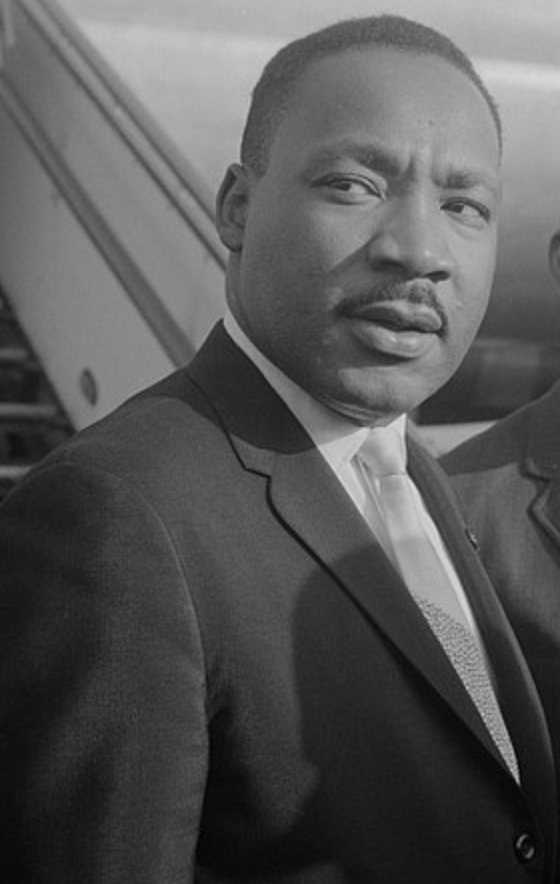
A new controversy has erupted online after an AI-generated video used deepfake technology to digitally recreate Martin Luther King Jr., sparking outrage from his family and civil rights advocates. The video, which appeared on social media last week, featured a lifelike recreation of King delivering an imagined speech about modern racial and social issues—a move that the King family quickly condemned as unauthorized and deeply disrespectful.
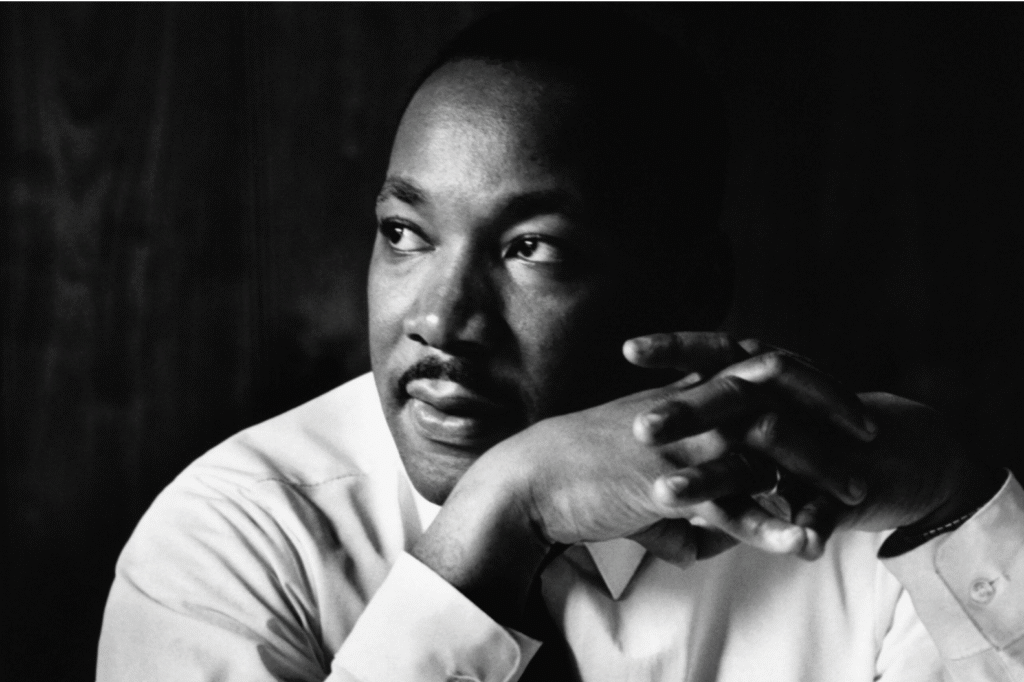
According to sources familiar with the project, a small creative team behind the video claimed their intent was to honor Dr. King’s message by “bringing his voice to today’s generation through artificial intelligence.” However, the family says no permission was ever sought from the King Estate, which has strict controls over the use of his likeness, speeches, and intellectual property.
Martin Luther King III, the late leader’s son, denounced the video, calling it “a serious invasion of personal and cultural integrity.” He emphasized that his father’s voice represented real conviction, not computer simulation. “My father’s words came from a place of deep faith and lived experience,” King said. “AI cannot capture that truth.”
The viral deepfake showed a digitally rendered King seemingly addressing present-day injustices such as voter suppression, police reform, and AI bias—issues that the real Dr. King might have engaged with if he were alive today. But experts warn that mixing fictionalized dialogue with a real historical image blurs ethical and educational lines.
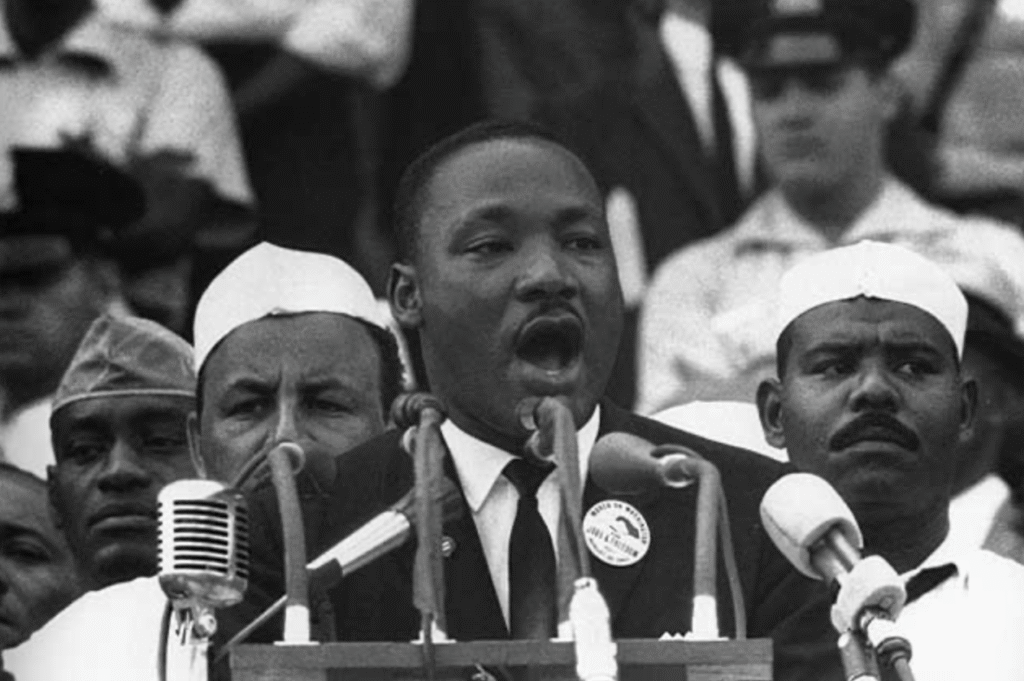
Dr. Safiya Noble, an AI ethics researcher at UCLA, noted that “deepfakes of iconic figures risk rewriting history under the guise of creativity.” She added that even if intended as tributes, such digital recreations challenge our ability to distinguish genuine archival footage from synthetic content.
Following the uproar, the project’s creators took down the deepfake and issued a brief statement announcing they had “paused further production out of respect for the King family’s concerns.” Social media platforms including X (formerly Twitter) and YouTube confirmed they are reviewing policies on AI-generated portrayals of deceased public figures.
The incident reignites broader debates over AI’s role in cultural preservation versus exploitation. Hollywood studios, musicians, and estates have all faced similar dilemmas as generative tools make it increasingly possible to “resurrect” figures digitally.
For the King family, though, the stance is clear: any use of Dr. King’s voice or image must reflect the values he lived—and died—for, not the simulations of machines.

 Business4 weeks ago
Business4 weeks agoDisney Loses $3.87 Billion as Subscription Cancellations Surge After Kimmel Suspension

 Entertainment4 weeks ago
Entertainment4 weeks agoWhat the Deletion Frenzy Reveals in the David and Celeste Tragedy

 Entertainment4 weeks ago
Entertainment4 weeks agoExecutive Producer Debut: How Celia Carver Created Festival Hit ‘Afterparty’

 Health4 weeks ago
Health4 weeks agoRussia Claims 100% Success With New mRNA Cancer Vaccine

 Business3 weeks ago
Business3 weeks agoWhy Are Influencers Getting $7K to Post About Israel?

 Health4 weeks ago
Health4 weeks agoWhy Did Gen Z QUIT Drinking Alcohol?

 Advice4 weeks ago
Advice4 weeks agoHow AI Is Forcing Everyone Into the Entrepreneur Game

 Entertainment3 weeks ago
Entertainment3 weeks agoKeith Urban and Nicole Kidman Split After 20 Years as Actress Files for Divorce
















